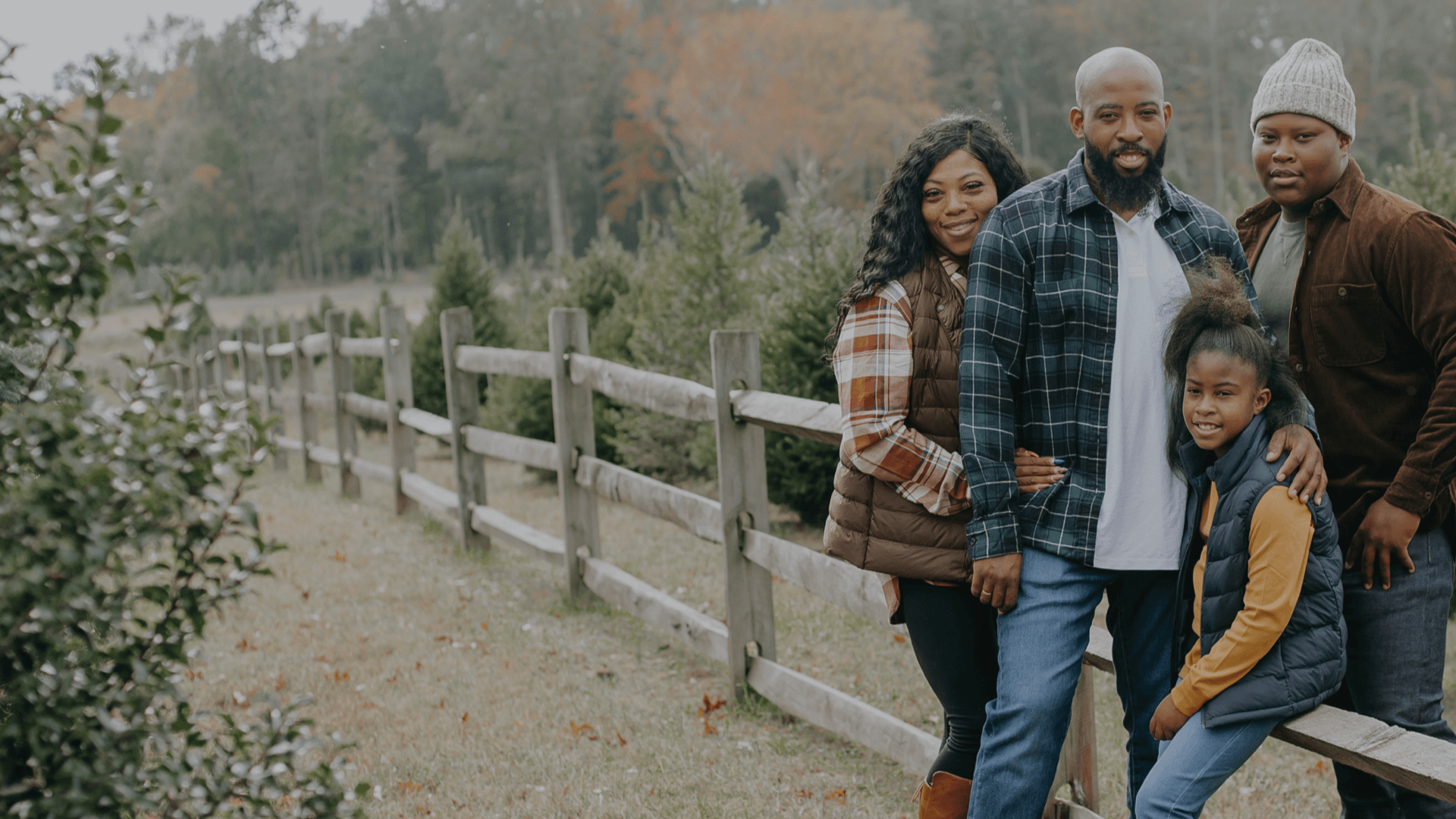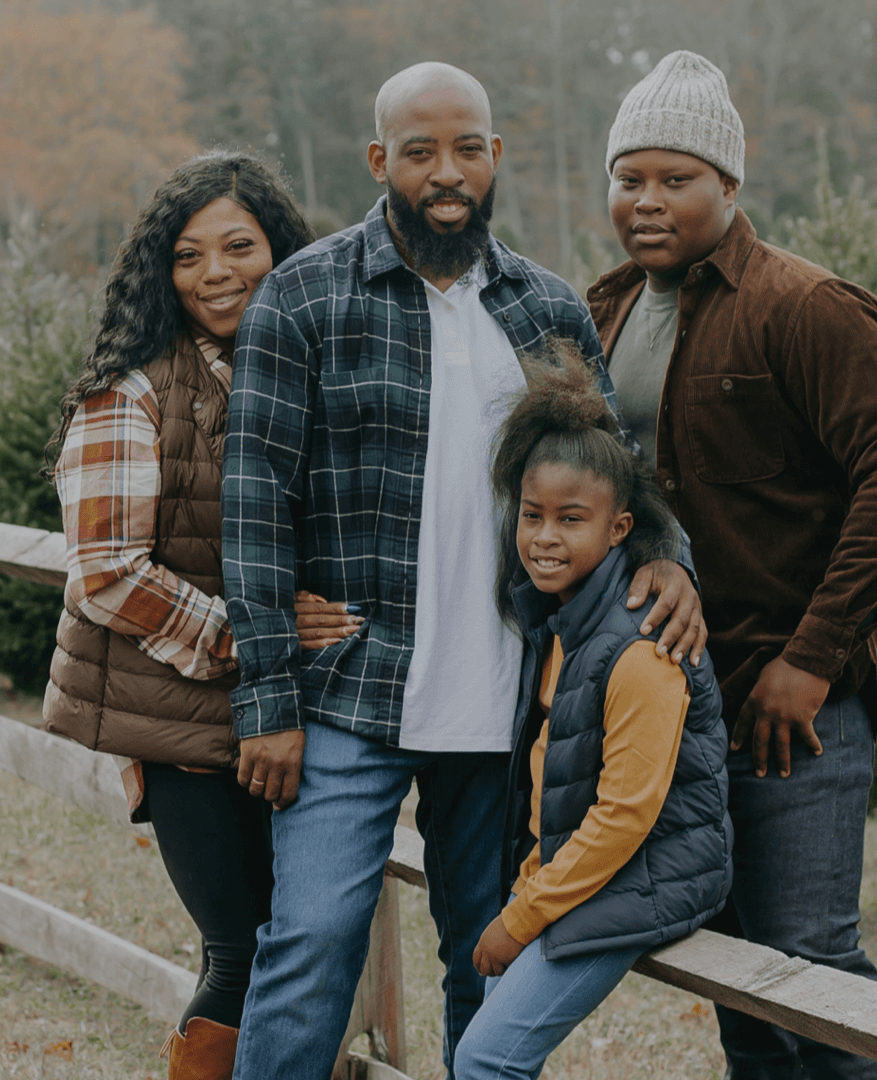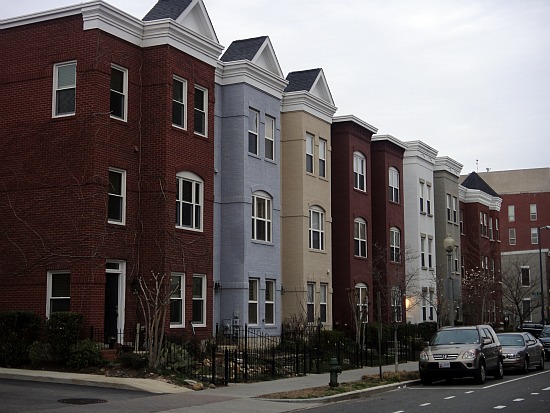By Elaine Elrod
Today the Greater U Street Historic District in northwest Washington, D.C. is an upscale, mixed commercial and residential neighborhood. Rated as the most walkable neighborhood in D.C., it is full of interesting restaurants, bars, cafes, boutiques, street murals, a farmer's market, and live entertainment. It is also a tourist destination where you can see multiple historic sites that still survive from when the area around U Street was a thriving, middle class black neighborhood and a center of black culture and leadership.
The percentage of black residents has dropped sharply since the 1990s when gentrification began in the neighborhood. Most of the current residents are relative newcomers, who were attracted to the location near downtown and to the opportunity for investment in historic homes. But some of the original black residents still live in the neighborhood and remember a time when they had community in the deepest sense of the word.
Adrian Wyatt, the General Manager of Ben's Chili Bowl on U Street, says that a strong feeling of community still remains today. The iconic diner was founded by Ben and Virginia Ali in 1958. Wyatt stated that over the last 63 years, during times of hardship, such as during COVID-19, "the community has always shown Ben's Chili Bowl enormous support." Wyatt came to Washington, D.C. from Atlanta 8 years ago to attend Howard University and has worked at Ben's Chili Bowl since June 2016.
History
Between 1900 and the 1950s, the area around U Street (also known as Shaw and Cardozo) nurtured many famous black leaders, scientists, and artists. Some of these were
Thurgood Marshall, Supreme Court justice and civil rights lawyer
Langston Hughes, poet
Dr. Charles Drew, inventor of the technique for preserving blood plasma for transfusions
Mary Church Terrell, women's rights and civil rights activist
Dr. Euphemia Loften Haynes, founder of the University of the District of Columbia Math Department
The U Street neighborhood had many black churches, as well as black-owned and black-friendly businesses. Segregation kept black people from frequenting businesses downtown. As a result, the U Street corridor was the place for black people to shop, eat in restaurants, and enjoy movies and live entertainment. It was known as the Black Connecticut Avenue and as Black Broadway. Reportedly, Pearl Bailey dubbed the U Street area Black Broadway because of its ballrooms and nightclubs. The U Street neighborhood was where Edward 'Duke' Ellington grew up and where he had one of his first public concerts. It is where many great black musicians and singers performed. These included Nat "King" Cole, Sarah Vaughan, Louis Armstrong, Billie Holiday, Ella Fitzgerald, Ray Charles, and Pearl Bailey herself.
Inspiration for Healthy Black Communities Today
We should not forget that the period in which the U Street Historic District flourished as a center of black leadership and artistry was during an era of Jim Crow laws. In the earlier decades of the twentieth century, there were lynchings, mob violence, and race wars. But the strength of the community and its history and legacy are deservedly a source of black pride. Not only did the community produce countless leaders in business, education, and the arts; but it also had many of the elements we would like to see in healthy black neighborhoods today:
A sense of belonging and responsibility for its residents, especially seniors, children and youth
Valuing and honoring the people who live in the neighborhood, from the famous to the most vulnerable
Improved safety and security because of neighbors watching out for each other
Opportunities for employment, black-owned businesses, and mentoring in entrepreneurship
Decent housing
Quality schools
Community Services
Meeting spaces
Safe, indoor exercise and play spaces
Social, athletic, creative, and educational programs
Churches
Entertainment
Black Broadway on U Website
In 2014, storyteller and producer Shellee M. Haynesworth launched the Black Broadway on U transmedia project. One of its main features is an interactive website with a map of the U Street Historic District. You can click on different historic sites, see images from that era, and read the history. (Some of the historic places still exist today.) In addition, the web site has multiple short documentaries and in-depth photo displays with written details of this forgotten era.
In Part 2 of this blog post, we will sample some of the stories that bring to life the aspects of healthy neighborhoods that the black community may want to emulate today.




